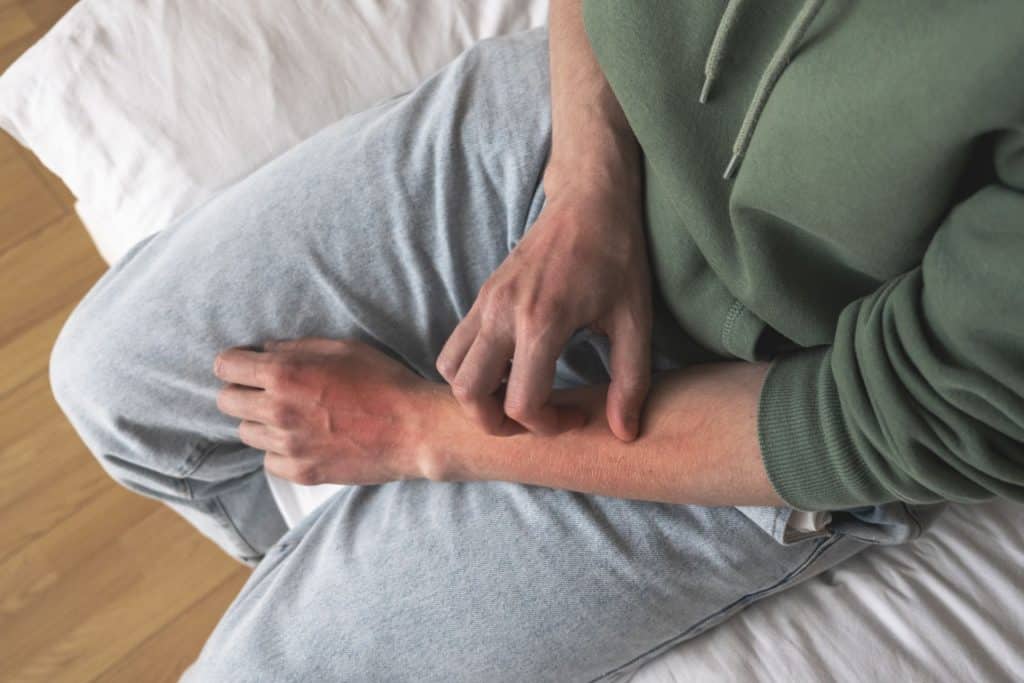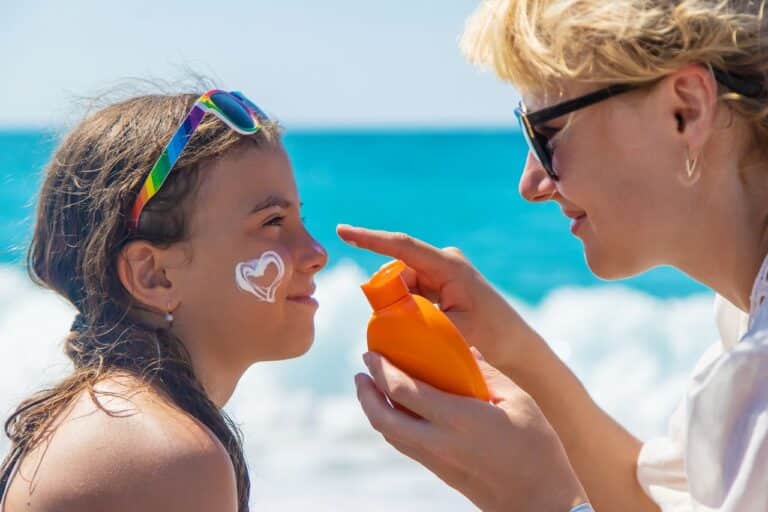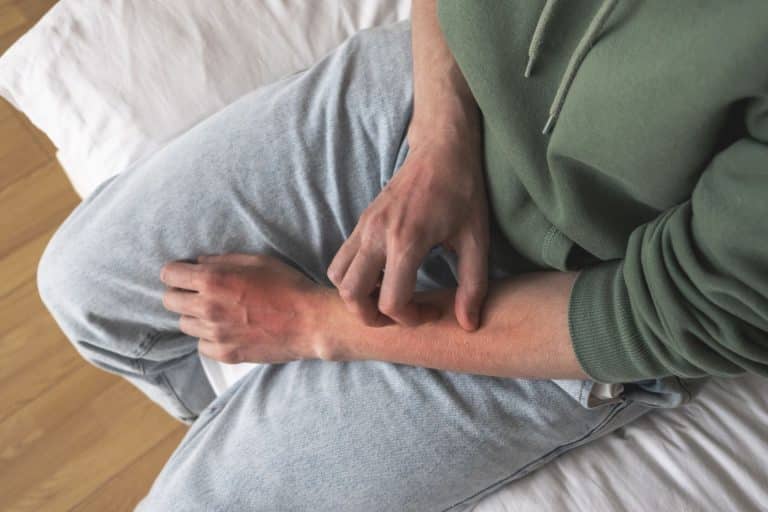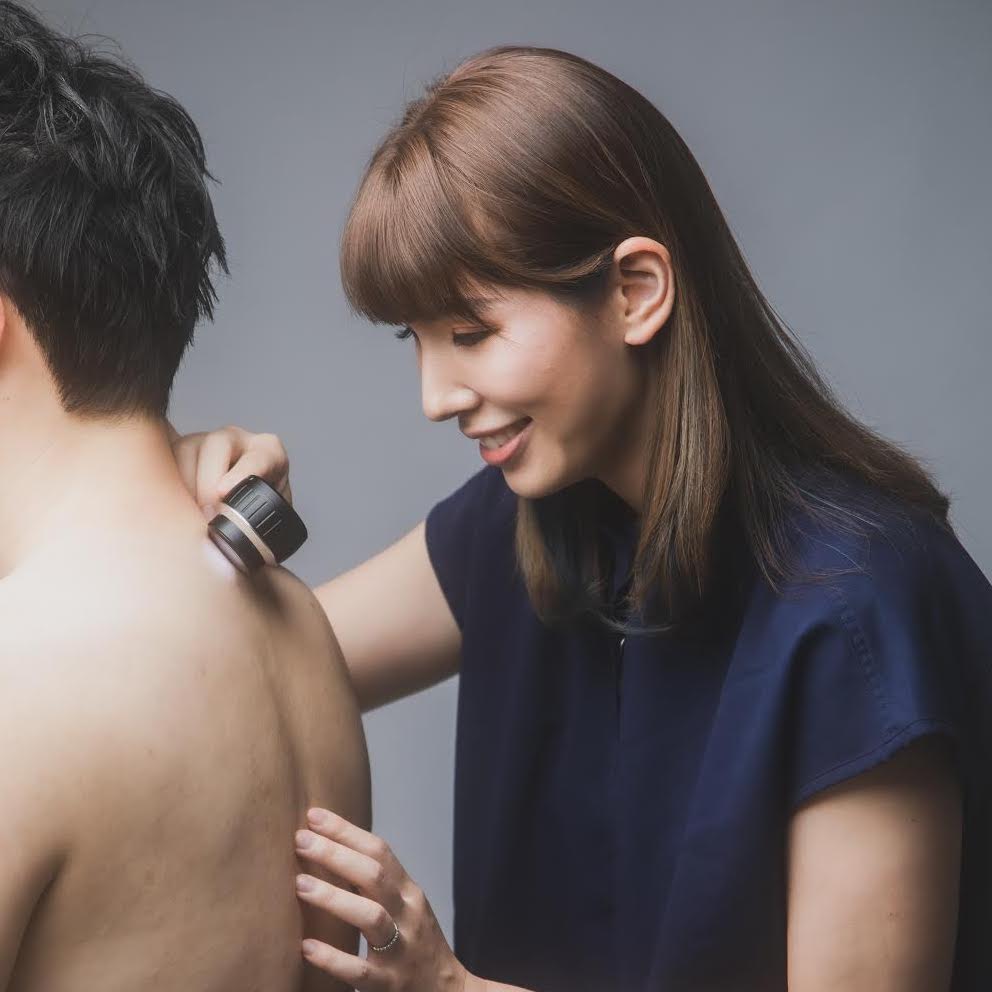Skin cancer is one of the most prevalent cancers worldwide, and understanding the risk factors associated with its development is crucial. Certain skin conditions act as early warning signs or precursors to skin cancer, highlighting the importance of early detection and proper treatment.
Actinic Keratosis: A Precursor to Skin Cancer
Actinic keratosis (AK) is a common pre-cancerous skin condition caused by prolonged sun exposure. It presents as rough, scaly patches on sun-exposed areas such as the face, scalp, ears, and hands. These lesions have the potential to develop into squamous cell carcinoma (SCC), making early intervention critical.
Signs and Symptoms of Actinic Keratosis:
- Rough, dry, or scaly patches on the skin
- Pink, red, or brown lesions
- Sensitive or tender areas that do not heal
- Itchy or burning sensations on affected skin
The Link Between Chronic Sun Exposure and Skin Damage
Ultraviolet (UV) radiation from the sun is the primary cause of skin damage, leading to DNA mutations that increase the risk of skin cancer. Chronic sun exposure results in premature aging, pigmentation disorders, and the formation of precancerous lesions.
Risk Factors for UV-Induced Skin Damage:
- Fair skin that burns easily
- History of frequent sunburns or tanning bed use
- Outdoor occupations or prolonged sun exposure
- Family history of skin cancer
- Living in high UV index regions
Protecting the skin from harmful UV rays through sun-safe behaviors is essential in reducing the risk of developing skin cancer.

Preventing Skin Cancer by Managing Pre-Cancerous Lesions
Early detection and proactive management of pre-cancerous skin conditions can significantly reduce the likelihood of progression to skin cancer.
Prevention Strategies:
- Regular Skin Checks: Routine self-examinations and professional skin screenings help identify suspicious changes early.
- Sun Protection: Wearing broad-spectrum sunscreen (SPF 50+), protective clothing, and seeking shade during peak hours minimise UV exposure.
- Healthy Lifestyle Choices: A diet rich in antioxidants, hydration, and avoiding tobacco can support skin health.
- Prompt Treatment of Lesions: Addressing actinic keratosis and other pre-cancerous conditions early prevents their progression to malignant tumors.
Treatment Options for Pre-Cancerous Skin Conditions
Various treatment modalities are available to remove or reduce pre-cancerous skin lesions effectively:
- Cryotherapy: Freezing lesions with liquid nitrogen to destroy abnormal cells.
- Topical Medications: Prescription creams such as 5-fluorouracil (5-FU) and imiquimod help eliminate abnormal cells.
- Photodynamic Therapy (PDT): A light-based treatment that targets and destroys precancerous cells.
- Laser Therapy: Non-invasive laser treatments improve skin texture while reducing pre-cancerous lesions.
- Surgical Removal: Excision of high-risk lesions to prevent potential malignant transformation.
Take Control of Your Skin Health
Being proactive in managing skin conditions linked to cancer risk is essential. At ISO Skin Cancer & Laser Clinic, we offer expert evaluation, advanced treatments, and personalised care to help you maintain healthy, cancer-free skin. Schedule a consultation today to protect your skin from potential risks.

